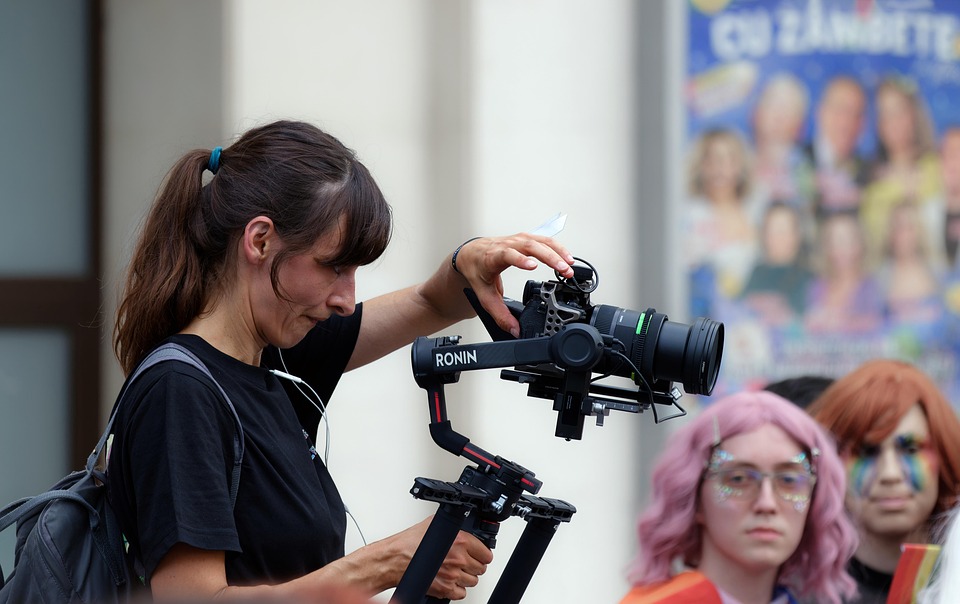Mastering the STAR Technique: Essential Tips for Acing UK Job Interviews
Navigating the labyrinth of job interviews can often feel like a daunting task, particularly in the competitive landscape of the UK job market. One strategy that stands out amidst the myriad of interview preparation techniques is the STAR method. This approach not only helps you frame your experiences but also allows you to articulate them in a way that resonates with potential employers.
What is the STAR Technique?
At its core, the STAR technique is an acronym that stands for Situation, Task, Action, and Result. Each element plays a vital role in crafting a compelling narrative about your past experiences. By breaking down your responses into these four components, you can provide clear, structured answers that not only showcase your skills but also demonstrate your problem-solving abilities and impact on previous roles.
-
Situation: Begin by setting the scene. Describe the context of your experience. Was it a project at work, a challenge during your studies, or a specific scenario in a volunteer role? The aim here is to provide enough detail to give the interviewer a clear understanding of the backdrop against which your actions unfolded.
-
Task: Next, delineate your specific responsibilities within that context. What was your role? What were the expectations placed upon you? It’s crucial to be explicit about your involvement, as this will lay the groundwork for the actions you took.
-
Action: This is where the narrative truly comes to life. Detail the steps you took to address the situation and complete the task. Here, it’s beneficial to highlight your thought process and decision-making skills. Did you employ any particular strategies? How did you collaborate with others? This section should reflect your unique contributions and illustrate your capabilities.
-
Result: Finally, conclude with the outcomes of your actions. What was the impact on the project, team, or organisation? Quantifying your results can significantly bolster your narrative—did you improve efficiency by a certain percentage, save costs, or enhance customer satisfaction? Remember, tangible results are often more memorable.
Why STAR Matters
Employers often favour candidates who can provide concrete examples of past behaviour as indicators of future performance. According to a study by the Recruitment and Employment Confederation, 69% of employers believe that past behaviour is the best predictor of future behaviour in the workplace. The STAR technique not only prepares you to answer competency-based questions but also empowers you to tell your story in a structured and impactful way.
As you prepare for your interview, consider the types of questions you might face. Common queries include:
- Can you describe a time when you overcame a significant challenge?
- Give an example of when you worked effectively in a team.
- Tell me about a time when you took the lead on a project.
Using the STAR framework to craft your responses can help you stay focused and ensure that you cover all necessary points without rambling.
Practice Makes Perfect
While understanding the STAR method is crucial, practice is equally important. Conduct mock interviews with friends or family, or even record yourself answering questions. This will help you refine your delivery and become comfortable with the structure. Remember, clarity and confidence are key; the more familiar you become with your stories, the more naturally they will flow during the actual interview.
As you embark on your job search journey, particularly in roles requiring sponsorship, remember that preparing effectively with techniques like STAR can set you apart from the competition.
Visajob.co.uk is here to support you in your quest to secure a job in the UK, especially in positions that require visa sponsorship. With resources and guidance tailored to your needs, you can navigate the complexities of the job market with confidence. Prepare yourself, master the STAR technique, and step into your next interview ready to shine.




